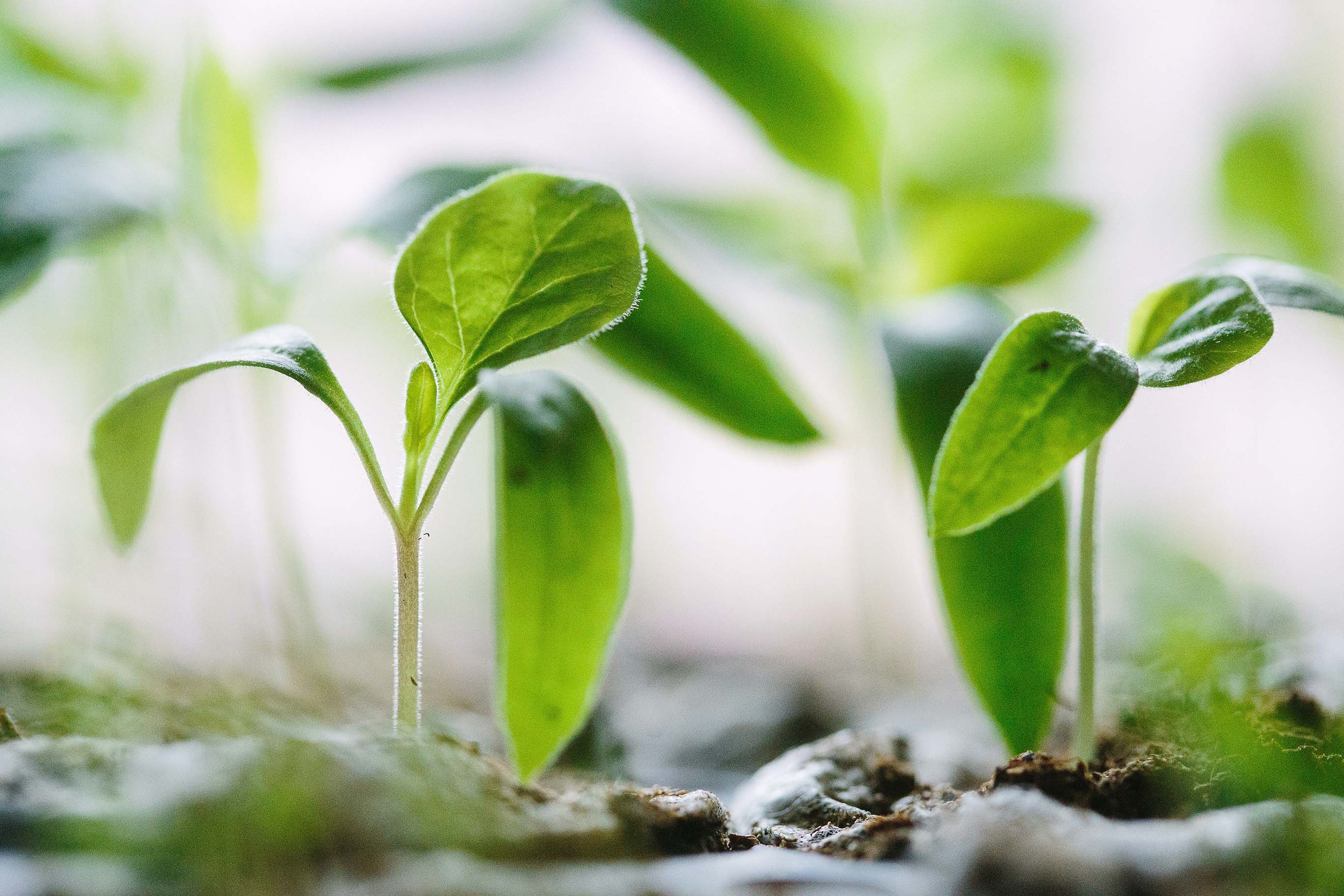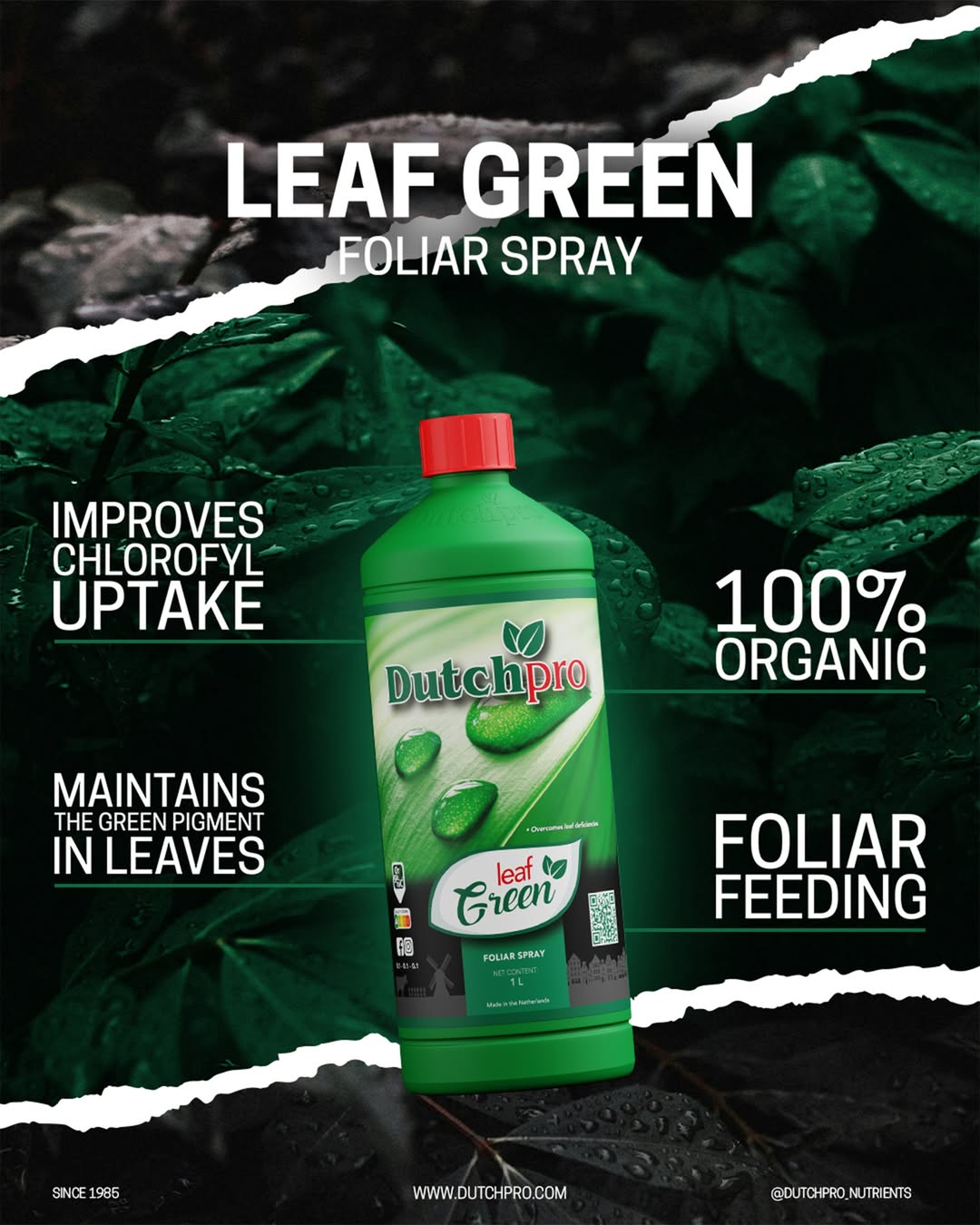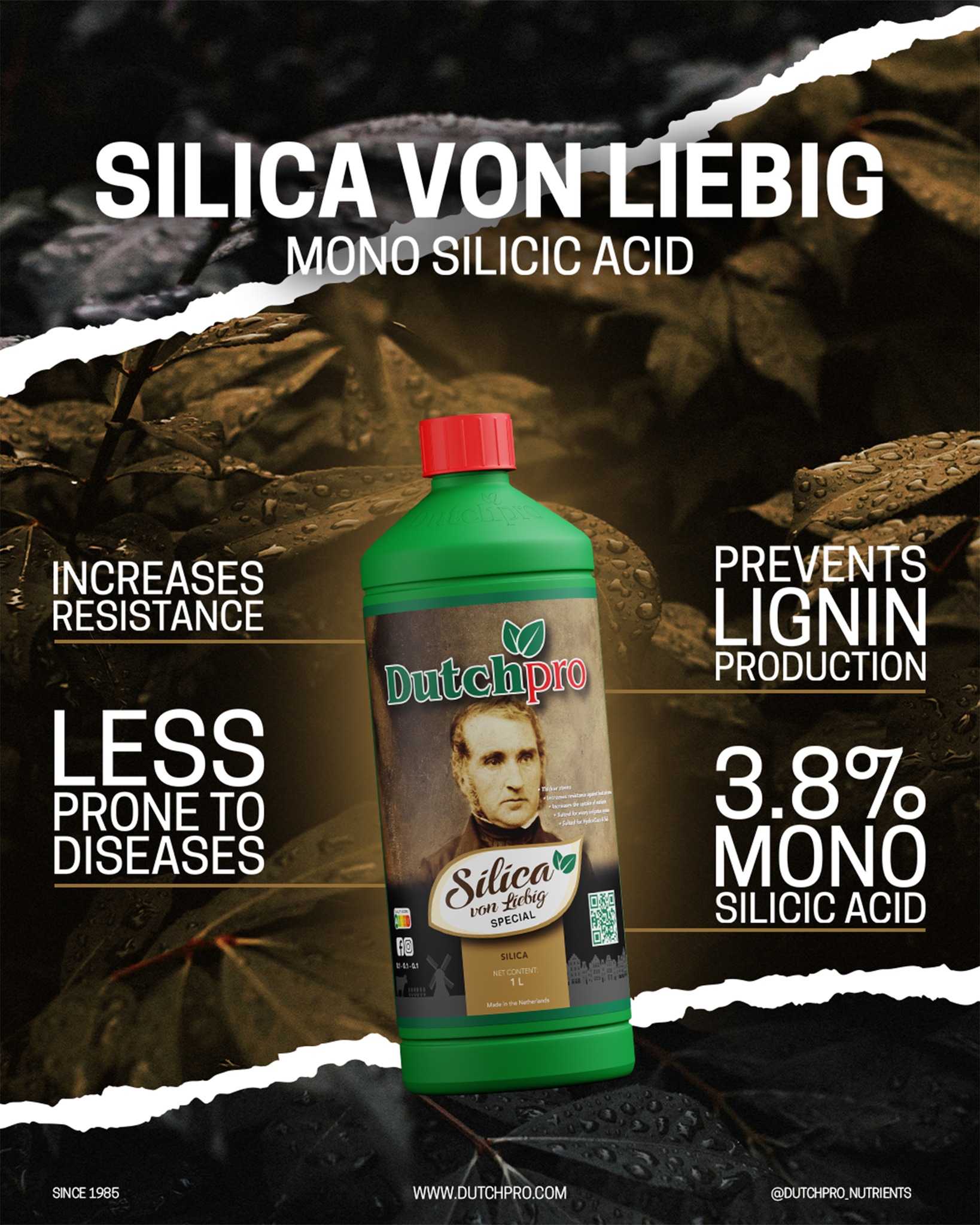Plant stems serve a number of important functions in a plant. They provide structural support for the plant, helping it to stand upright and stay anchored to the ground. They also transport water, nutrients, and sugars throughout the plant, with water and nutrients being absorbed by the roots and transported up through the stem to the rest of the plant, and sugars produced through photosynthesis being transported from the leaves to the rest of the plant.
In this article we will provide you with all the information you need about Stems. This is the Ultimate Guide about Stems
- General information
- Transportation
- Defence
- Storage
- Runners
- 10 ways you could use the stem of a plant
2. Transportation
The stem of a plant is responsible for transporting water, nutrients, and sugars throughout the plant. Water and nutrients are absorbed by the roots of the plant and then transported up through the stem to the rest of the plant, where they are used to support growth and development.
The process of transporting water and nutrients through the plant is known as translocation. Water and nutrients are transported through specialized cells called xylem, which are located in the stem and other parts of the plant. Xylem cells are elongated and have thick walls, which helps to support the weight of the water and nutrients as they are transported through the plant.
Sugars produced through photosynthesis are also transported through the stem and other parts of the plant. These sugars are produced in the leaves and then transported to the stem and other parts of the plant, where they are used for energy or stored for later use. The process of transporting sugars through the plant is known as translocation.

3. Defence
There are a few ways in which the stem of a plant can provide protection against diseases:
- Thick bark: Many woody plants, such as trees and shrubs, have a thick layer of bark on their stems. This bark acts as a protective layer that helps to keep diseases and pests out of the plant.
- Waxy coating: Some plants, such as succulents, have a waxy coating on their stems that can help to prevent diseases from taking hold. This coating acts as a physical barrier that can be difficult for diseases to penetrate.
- Thorns: Some plants, such as roses and blackberries, have thorns on their stems that can help to deter pests and animals from feeding on the plant. This can help to reduce the risk of diseases being spread to the plant.
- Chemical defenses: Some plants produce chemicals that can help to deter diseases and pests. These chemicals can be produced in the stem or other parts of the plant and can help to keep diseases at bay.
- Enclosed buds: Some plants, such as some types of conifers, have their buds enclosed within scales or other protective structures. This can help to prevent diseases from spreading to the developing shoots and leaves.
4. Storage
In some plants, the stem serves as a storage organ, holding onto reserves of water, nutrients, or other substances that the plant can use during times of stress or when resources are scarce.
For example, some plants, such as cacti and succulents, have thick, fleshy stems that are able to store large amounts of water. This helps the plant to survive periods of drought or other times when water is scarce.
Other plants, such as bulbs, tubers, and rhizomes, have underground stems that are able to store nutrients and other substances. These stems can be dug up and used as a source of food or replanted to produce new plants.
Finally, some plants, such as bamboo, have underground stems known as rhizomes that are able to store reserves of energy and nutrients. These rhizomes can help the plant to regenerate after it has been damaged or to survive through periods of stress.
5. Runners
Runners are horizontal stems that grow above or just below the surface of the soil. They are produced by some plants, such as grasses and other herbaceous plants, and are used to reproduce and spread.
Runners can grow out from the parent plant and produce new plants at their tips. These new plants are clones of the parent plant and are genetically identical to it.
Runners can be an effective way for plants to reproduce and spread, as they are able to grow quickly and establish new plants in a short period of time. They can also help plants to colonize new areas, allowing them to spread into areas where they may not have been able to grow previously.
In addition to reproducing, runners can also help to stabilize the soil and prevent erosion. This is particularly important in areas prone to heavy rain or other forms of erosion.
6. 10 ways you could use the stem of a plant
1 Medicine: Many plants, such as willow, have stems that contain chemicals that can be used to treat a variety of ailments.
2 Building materials: Some plants, such as bamboo, have strong and durable stems that can be used to construct buildings, fences, and other structures.
3 Food: The stems of some plants, such as asparagus and rhubarb, are edible and can be cooked and eaten as a source of nutrition.
4 Fabric: The stems of some plants, such as hemp and flax, can be used to produce fiber that can be spun into fabric.
5 Paper: The stems of some plants, such as bamboo and hemp, can be used to make paper.
6 Dye: The stems of some plants, such as madder and indigo, can be used to produce natural dyes.
7 Aromatherapy: The stems of some plants, such as lavender and rosemary, can be used to produce essential oils that are used in aromatherapy.
8 Perfume: The stems of some plants, such as jasmine and ylang-ylang, can be used to produce perfumes.
9 Decoration: The stems of some plants, such as flowers and grasses, can be used to decorate homes and gardens.
10 Landscaping: The stems of some plants, such as bamboo and grasses, can be used to create visual interest in landscaping.






